.jpg?width=450&name=Face%20with%20Sticky%20Notes%20GettyImages-453539161%20(1).jpg)
American is the land of opportunity and from the time we are children, most of our parents have encouraged us to take advantage of these opportunities. They encourage us to understand that we can be anything we dream of when we grow up, accomplish any goal we set our minds to, and with hard work can achieve what others think is impossible. While these are great confidence boosters for children, as we become adults many of us have a hard time distinguishing between being able to do anything and being able to do everything. It is great to set your goals high but you have to prioritize to be able to achieve them.
This is something I see day in and day out as a fitness professional with my clients. I also see it in the unrealistic expectations I set for myself. For example, if your goal is to run a marathon you can’t expect to strength train three times a week, lose those pesky 10 pounds that have been hanging around, keep up with kids activities, maintain a full-time job, sleep eight hours a night, volunteer at your church, and have healthy meals prepared each dinnertime. Something has to give! This is where a dreaded word comes into the mix: “NO.”
Read More [4 Ways to Find a Healthy Relationship with Exercise]
We have a passion for so many things and a desire to please others but we have to prioritize. You can run that marathon but you may have to give up volunteering at your church to complete some long runs on the weekends. You may have to eat leftovers for dinner a few times a week to keep up with your training schedule. It is ok to say no or push some things to the back burner for a while so you can achieve the “anything” you have set out to accomplish. If different things become a priority, you can pull them to the forefront again.
Living a healthy lifestyle can be overwhelming. There are 7 different dimensions of well-being that we are constantly trying to balance. Cut yourself some slack and remember you cannot do everything, especially not all at once. Pick one or two things and make them your top priority. See how these affect your life and decide if they are habits worth keeping. Once you find a good balance, try adding another and see how you do. You can achieve any health/fitness goal but you cannot achieve all of them at once. Write down your top health/fitness goal for the month and focus on that for 30 days. You will feel a sense of accomplishment and build a confident attitude that says that you can do ANYTHING, just not EVERYTHING.


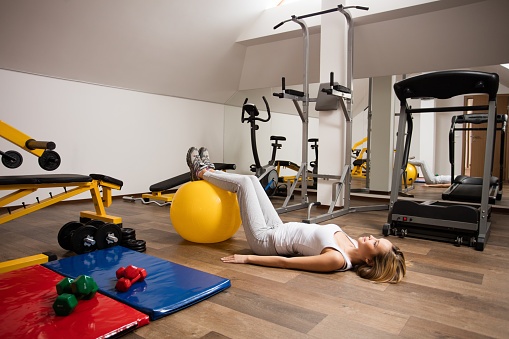 Open 24 hours a day, no membership fees, and no commute; this is what you have to look forward to after you complete your at-home gym! This can be an exciting time, but also overwhelming if you don’t know where to get started on your quest to exercise at home.
Open 24 hours a day, no membership fees, and no commute; this is what you have to look forward to after you complete your at-home gym! This can be an exciting time, but also overwhelming if you don’t know where to get started on your quest to exercise at home.

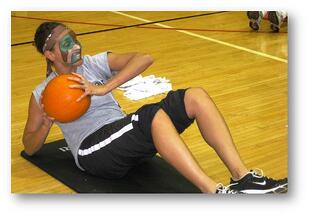 There are endless exercises that can be performed with the pumpkin. Start by thinking of go-to exercises that you would incorporate into one of your group fitness classes (pushups, squats, lunges, etc.). Now, think about how a “weight” or pumpkin can be added. For example, hold the pumpkin at your chest while performing a squat, put one hand on the pumpkin for an added challenge during a set of pushups, or push the pumpkin overhead after performing a lunge. Structure your workout so every major muscle group is targeted by the end. Also, throw in some cardio bursts, such as running with the pumpkin, bear crawling while rolling the pumpkin along at your side, or performing mountain climbers with your hands grasping the pumpkin. Add some core exercises as well (planks with a pumpkin roll, Russian twists, sit-up with a press, single leg v-ups). Think about the amount of space that you have and plan accordingly.
There are endless exercises that can be performed with the pumpkin. Start by thinking of go-to exercises that you would incorporate into one of your group fitness classes (pushups, squats, lunges, etc.). Now, think about how a “weight” or pumpkin can be added. For example, hold the pumpkin at your chest while performing a squat, put one hand on the pumpkin for an added challenge during a set of pushups, or push the pumpkin overhead after performing a lunge. Structure your workout so every major muscle group is targeted by the end. Also, throw in some cardio bursts, such as running with the pumpkin, bear crawling while rolling the pumpkin along at your side, or performing mountain climbers with your hands grasping the pumpkin. Add some core exercises as well (planks with a pumpkin roll, Russian twists, sit-up with a press, single leg v-ups). Think about the amount of space that you have and plan accordingly.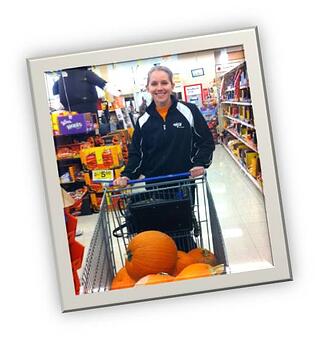 So, now you’ve secured participants and planned the exercises; don’t forget about one of the most important parts – pumpkin preparation! In the past, we’ve purchased our pumpkins a few different ways. A visit to the local supermarket allowed us to hand-pick the pumpkins sizes, but you’ll need some muscle power and a large car. We’ve also gotten our pumpkins from a distributor – this proved to require less hassle as the pumpkins were delivered right to our door, but also resulted in less variety in sizes.
So, now you’ve secured participants and planned the exercises; don’t forget about one of the most important parts – pumpkin preparation! In the past, we’ve purchased our pumpkins a few different ways. A visit to the local supermarket allowed us to hand-pick the pumpkins sizes, but you’ll need some muscle power and a large car. We’ve also gotten our pumpkins from a distributor – this proved to require less hassle as the pumpkins were delivered right to our door, but also resulted in less variety in sizes.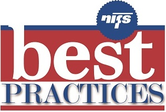


 Olympic athletes are viewed as superheroes and celebrities; strong, brave individuals at the peak of their career. The words unrealistic or unattainable may have just come into your thoughts; mine too. After taking a step back and thinking about these superstars, there are many lessons we can learn from them. Years and years of preparation go into becoming an Olympic athlete and it is a full time job. What can we learn from these elite athletes, how can we train like them, how can they be role models to us on a wellness journey? Think about the qualities an Olympian possesses and how you can translate these into your life.
Olympic athletes are viewed as superheroes and celebrities; strong, brave individuals at the peak of their career. The words unrealistic or unattainable may have just come into your thoughts; mine too. After taking a step back and thinking about these superstars, there are many lessons we can learn from them. Years and years of preparation go into becoming an Olympic athlete and it is a full time job. What can we learn from these elite athletes, how can we train like them, how can they be role models to us on a wellness journey? Think about the qualities an Olympian possesses and how you can translate these into your life.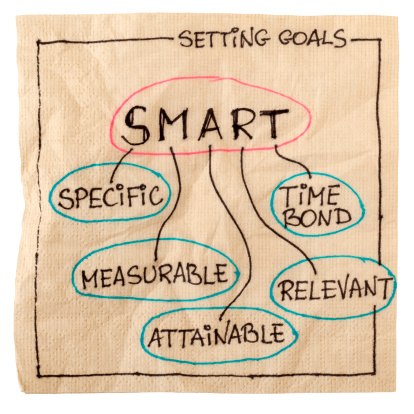 First and foremost, let’s make some things clear about resolutions. When you make a resolution, you have to remember that it is not just a commitment for January 1; it is for 365 days. Make sure from the beginning it is something that is a long-term goal and a change you want to see. If it is something you have repeatedly tried to do each year, it may be time to reevaluate and come up with a different strategy this year. Otherwise, you will set yourself up to fail.
First and foremost, let’s make some things clear about resolutions. When you make a resolution, you have to remember that it is not just a commitment for January 1; it is for 365 days. Make sure from the beginning it is something that is a long-term goal and a change you want to see. If it is something you have repeatedly tried to do each year, it may be time to reevaluate and come up with a different strategy this year. Otherwise, you will set yourself up to fail.